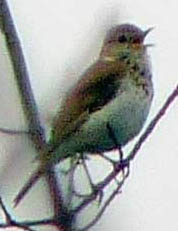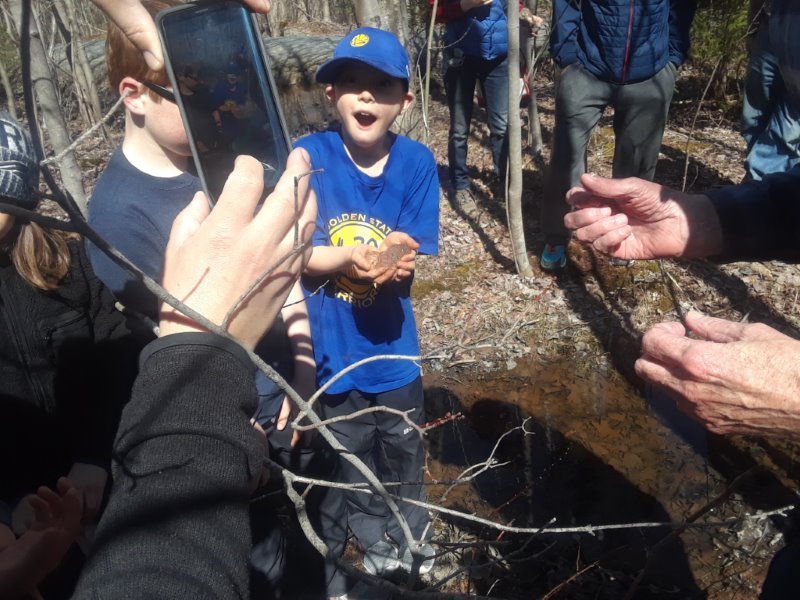Icelanders started a bit of a trend with their urging people to hug trees to overcome isolation during our days of Covid-19.
We’re still under Covid-19 distancing rules in NS, but as of May 1, 2020, we can again visit our parks.
That’s just in time to enjoy spring with a walk in the forests accessed via Smith’s Road and the Sandy Lake Beach Park and hug some of those big old trees.

Yellow Birch and Eastern Hemlock
– the Acadian Forest Love Affair
We can also look for some of those trees that literally hug each other, and hear the the wonderful voices of the many birds that breed and nest in these woods as they start looking for their mates. It’s also the best time of year – before the deciduous trees have leafed out – to actually view the birds.
I have a few favourite voices in these woods, although I will probably have to wait until late spring for the ovenbirds, which I appreciate both for their voices and the knowledge that they come here because of favourable habitat.
These birds are sensitive to forest fragmentation and to disruption by industrial noise, forest road-building, and logging. Their ability to establish territories and breed successfully depends on the continued existence of large, undisturbed mature broadleaf and mixed forests…The female Ovenbird builds a nest in thick leaf litter on the open forest floor at least 60 or 70 feet from the forest edge. She chooses a spot under or near a small break in the canopy. – The Cornell Lab All About Birds
 Surely the most magical voice is that of the hermit thrush, which should now be present. It especially likes wet coniferous forest that occurs in larger and smaller patches through Sandy Lake & Environs, but ranges more widely.
Surely the most magical voice is that of the hermit thrush, which should now be present. It especially likes wet coniferous forest that occurs in larger and smaller patches through Sandy Lake & Environs, but ranges more widely.
There are so many more birds in these forests to view and celebrate, as recently reported in Avian and Species at Risk Surveys of the proposed Sandy Lake- Sackville River Regional Park. They include seven Species-at-Risk.
To get an idea of when the different species of migratory bird arrive, view this NS Bird Society Page.

Black and White Warbler: I had heard “Weesee, weesee, weesee, weesee, weesee,” many times before I got this pic.
Often we hear songbirds (the “passerines”) before we see them, and more often than not, hear them but don’t see them. But those songs that we hear so much of in the breeding season are distinctive, so here’s a treat: Judy Tufts’ mnemonics for Warbler Songs. It’s a one pager that can be printed out and carried in your pocket.
“Mnemonics” are words or phrases that help us remember something; birders use them to simulate the bird songs. Getting familiar with the voices of the forests can be a wonderful experience, and it’s a fun way to engage kids with nature.
And there are the salamanders and frogs and spring flowers to look forward to; salamanders are on the move right now, and peepers are already offering their spring chorus.
Happy Spring!

Youngster holding a new generation of forest life in his hands (yellow spotted salamanders) on Earth Day in 2018

